Northern Section
To be held at Trinity Methodist Church, Trinity Road, Sale, Cheshire, M33 3ED at 7.30pm, unless otherwise stated
Return to current year
Meetings - 2022
Horological Ephemera and Christmas Social evening (December 2022)
A display of horological ephemera belonging to several members was added to the festivities of our Christmas Social meeting.
The interpretation of ‘ephemera’ was broad and included watch and clockmakers receipted invoices; collections of auction catalogues, many dating back to the pre-computer era; exhibition and museum booklets; small souvenir horological items and a copy of a fully illustrated German medieval book which had, among the many images, some showing medieval tools, an optical lens and clocks.
Following presentations and a discussion on these items, members were offered a selection of seasonal refreshments and a Christmas-themed raffle was held.
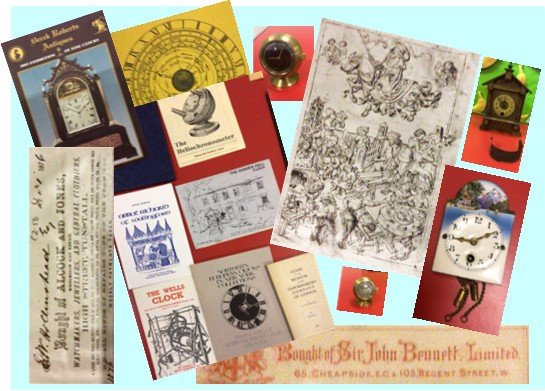
Life as an ecclesiastical contractor (November 2022)
Our speaker for the November meeting was Phil Irvine who told us about his life as an ecclesiastical contractor. Phil is well known for his breadth of knowledge of and work with turret clocks, but over the years he has completed many outstanding projects which do not involve horology.
Phil has black and whitesmithing along with an affinity for wood as well as metals in his DNA. This came from working with his father and grandfather on bells and bell frames, sometimes making the most intricate repairs which had to withstand the force of several swinging bells. Whilst still a teenager, his father suggested he make an offer for the Clowes Brothers turret clock which had been ripped out of the Kirkdale Industrial School during its demolition. He has had this magnificent clock for sixty years.
As his knowledge and experience grew, his main focus was caring for church bells and increasingly, their clocks. In doing so, other opportunities arose where Phil’s keen problem-solving abilities and artistic flair came into play. He showed us images of fine chandeliers, a cathedral cross, candlesticks and many other items which he had repaired or created anew for cathedrals, abbeys and English Heritage. One outstanding project had been the recreation of two pairs of fine brass floor standing chapel candlesticks which had been destroyed by fire. Such was the quality of the results, he was invited to apply for membership of the Artworkers’ Guild. This led to membership and many more opportunities for heritage work to the highest standards at home and overseas. As Phil was limited in the time available for his talk he was only able to show a small number of these wonderful projects; his audience were amazed by what they had seen and heard and thanked him with enthusiastic applause.
Current Projects (October 2022)
A number of members brought news or evidence of current horological projects they are undertaking.
- Progress of replicas of the Harrison regulator owned by the Royal Astronomical Society. Photographs were shown of the mahogany case which has been made recently and there was some discussion on the merits of non-reflective glass v. clear Perspex for the glazing. (No image)
- The same member also showed a partly finished replica of the Tekippe simple regulator. This month going clock had only three wheels (minute, half hour and hour) and ran on just a five pound weight.
- The spring clock made by the late Roger Simpson while on the horological course at Northampton College in the 1950s was driven by a Tensor spring. It requires a new case so various options were discussed.
- Jim Arnfield and Phil Irvine updated us on the Time Ball Project at Prescot. This is nearing completion. Its lifting apparatus designed by Jim and made by Phil is currently under test.
- A research project on double framed clocks was briefly described by one member who showed photos of two unusual examples – at Haslingden, Lancashire by Titus Bancroft (1831) and at Carleton in Craven, Yorkshire by William (Billy) Cryer (1833).
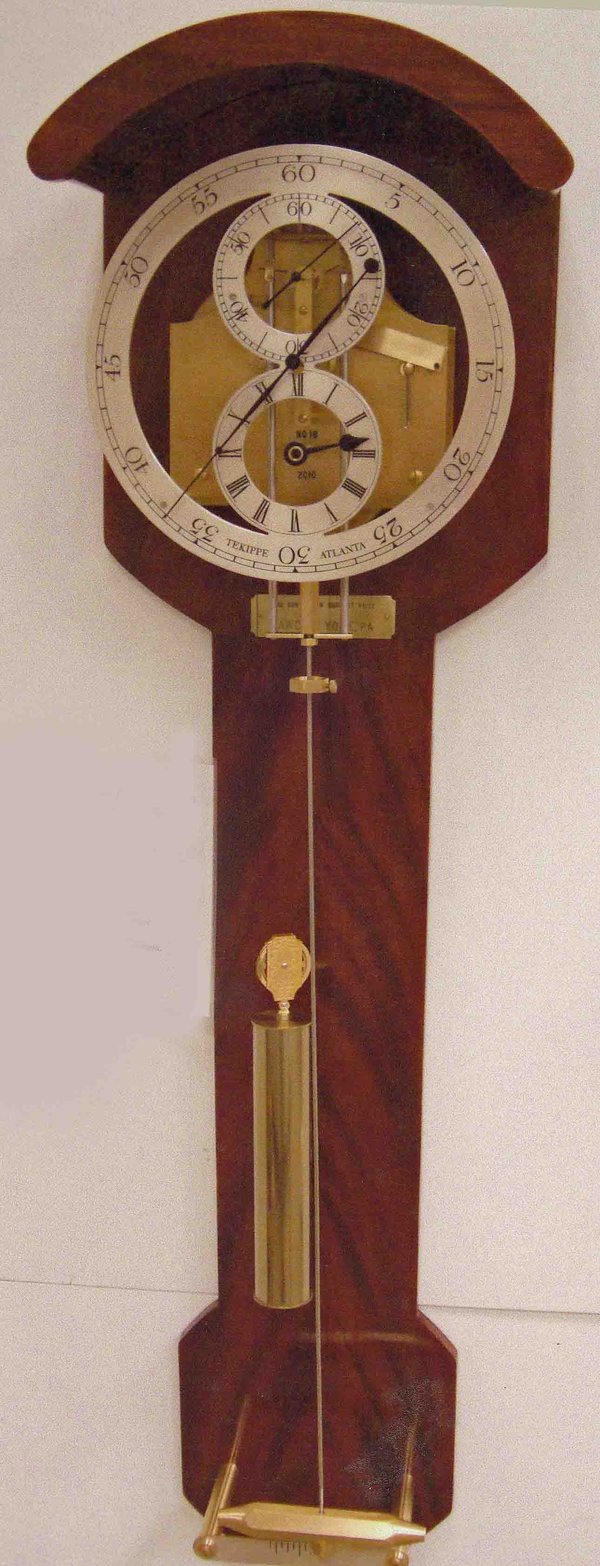


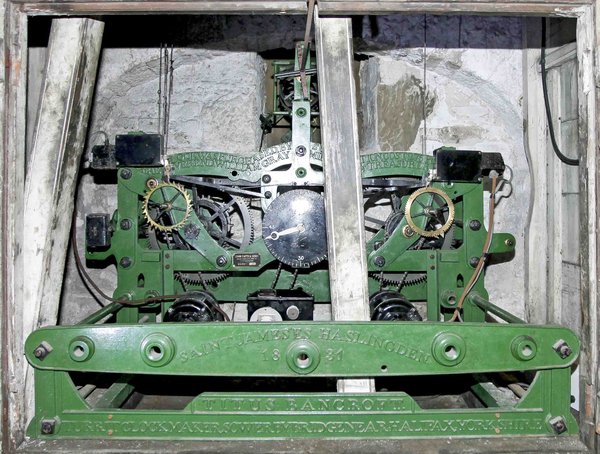

Timekeeping in the early days of commercial television (September 2022)
Jim Arnfield gave a fascinating talk on the need for very accurate timekeeping in live broadcasts in the early days of commercial television. Jim worked in the outside broadcast (OB) vehicles and was involved in their redesign as new technologies came into play. Originally, programme production was timed by Heuer stop watches which were set to the Speaking Clock just before the start of each programme. Jim talked us through some of the changes which came later as timekeeping requirements and technologies changed.
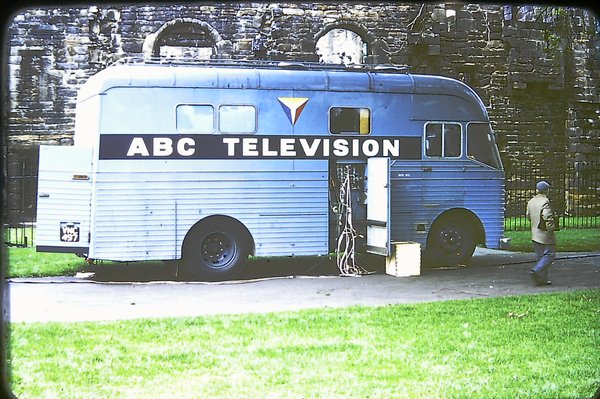
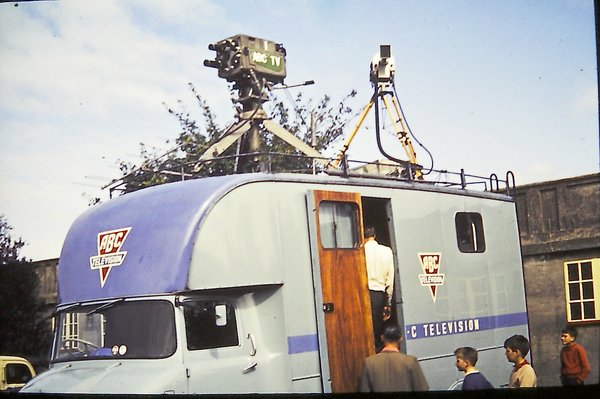

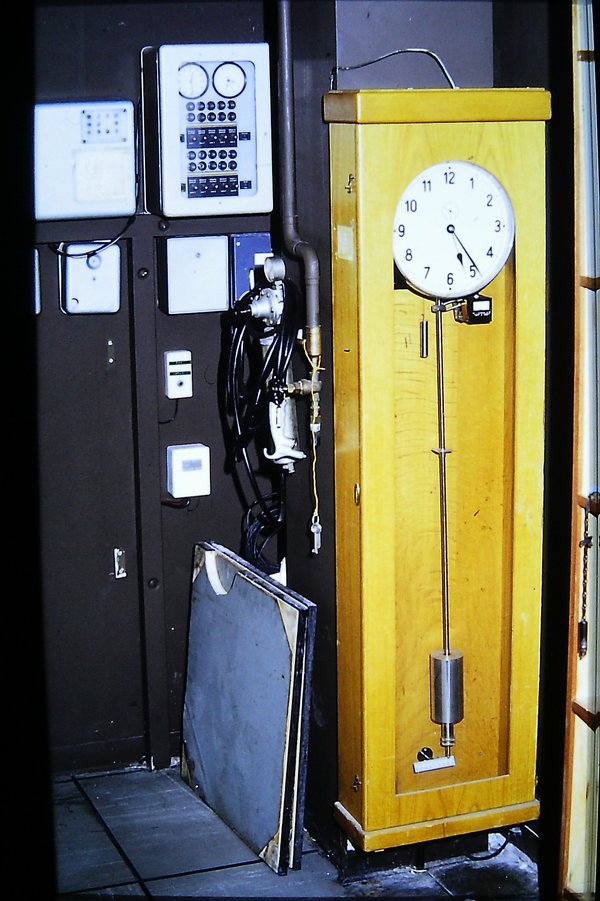
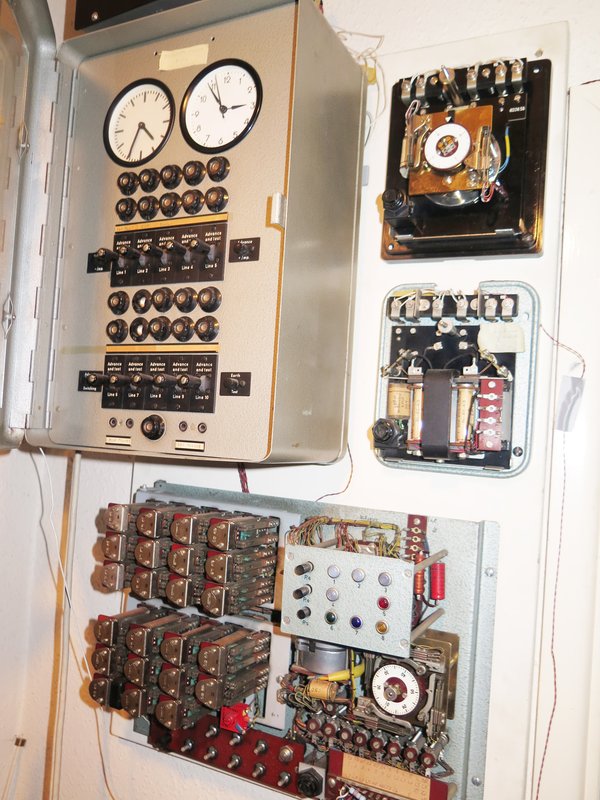
Industrial Timekeeping (July 2022)
Many, many items illustrating this subject were assembled for discussion. They included: watchman’s clocks, event timers, time recorders, pocket watches, a mystery item and a domestic clock modelled as a steam hammer. A selection of items is included below.
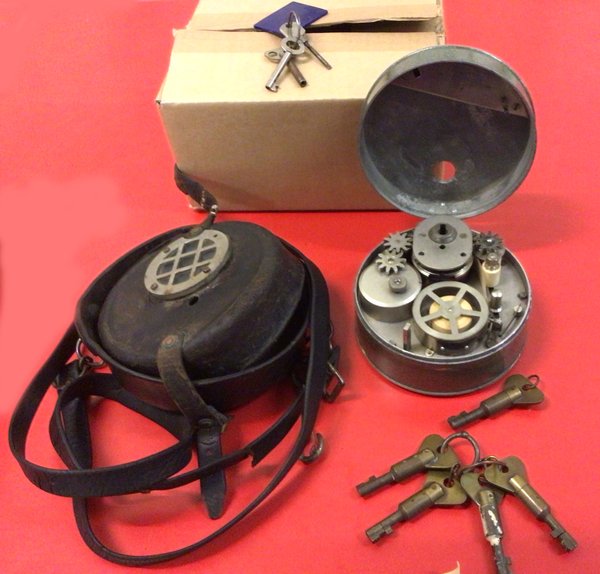
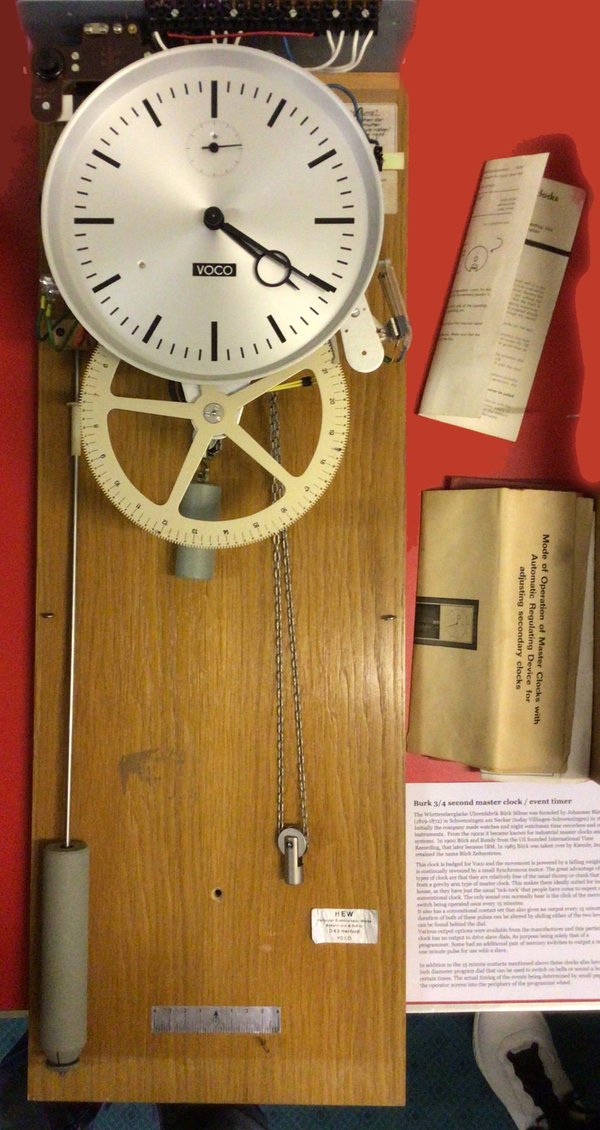
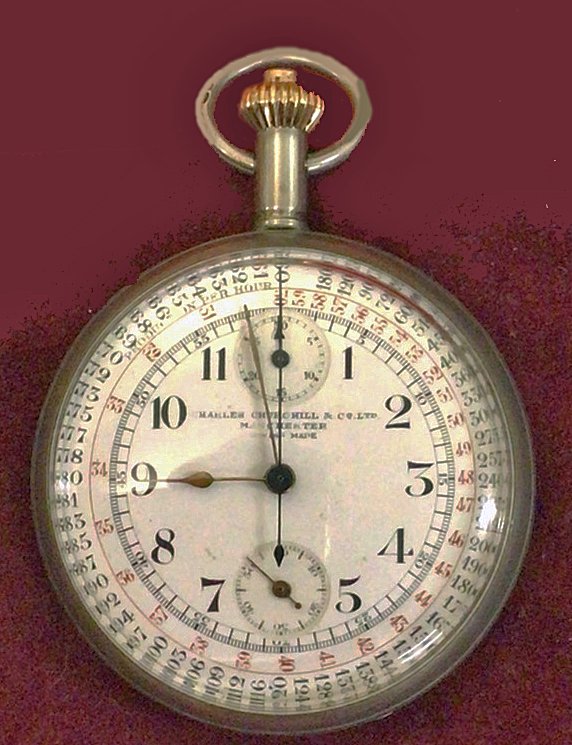


Watches and clocks associated with Liverpool. (June 2022)
Liverpool’s important place in watch and clockmaking spanned the eighteenth, nineteenth and early twentieth centuries. As the city’s horological history is held in such affection by our members, there was a wide variety of items on display for discussion. Representatives of each type will be included here, ie longcases, table clocks, chronometers and watches.
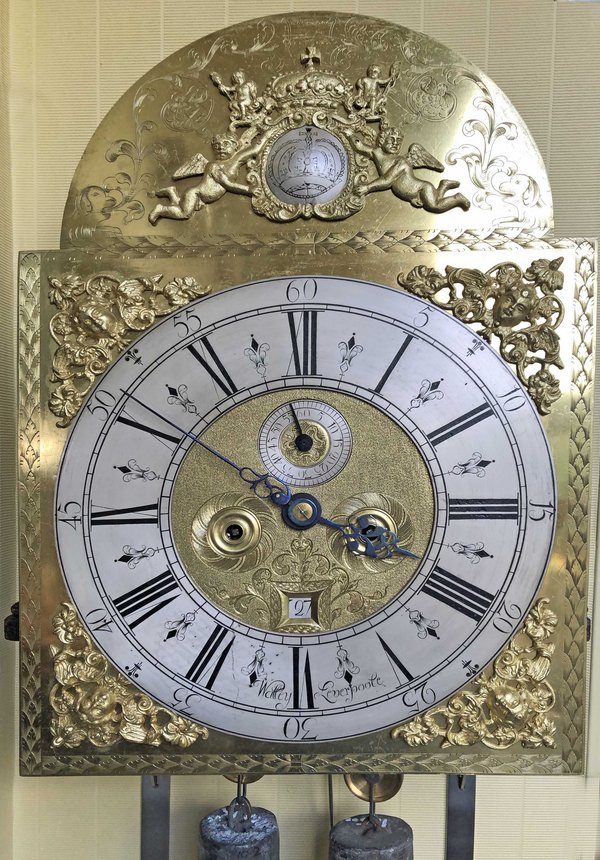

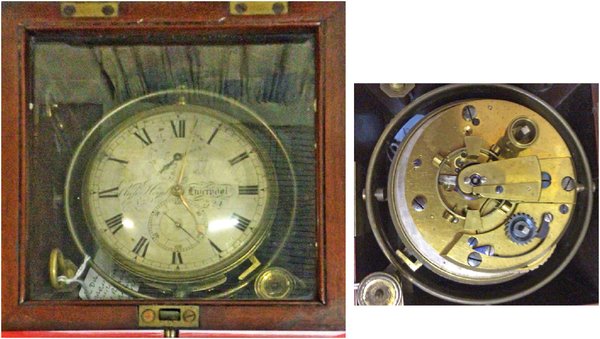
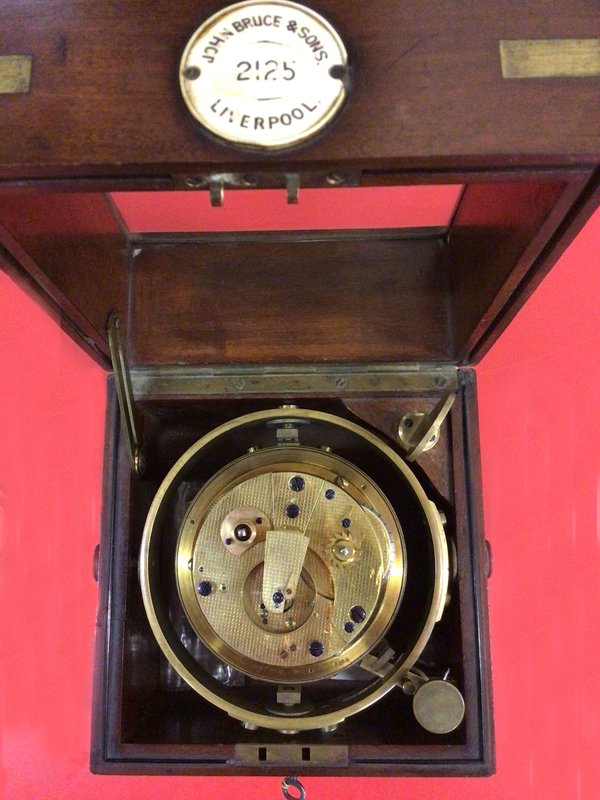
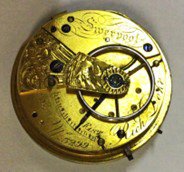
Horology connected with transport (May 2022)
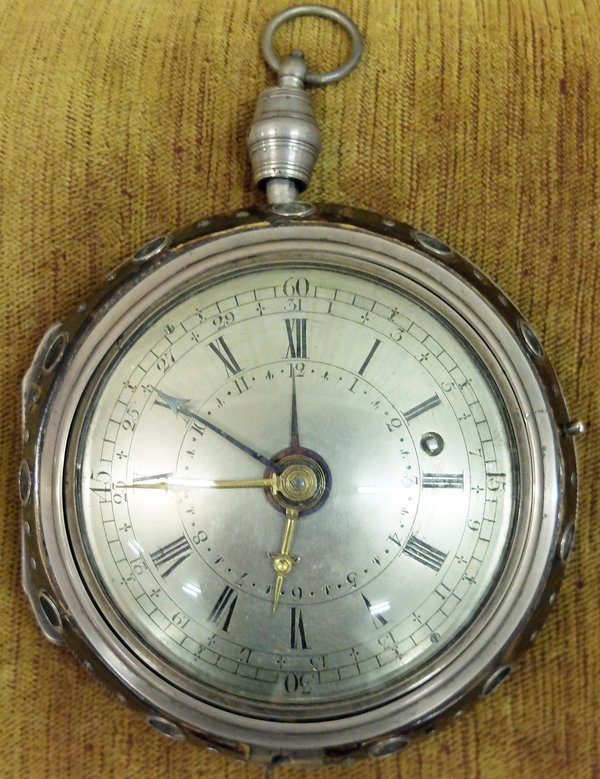
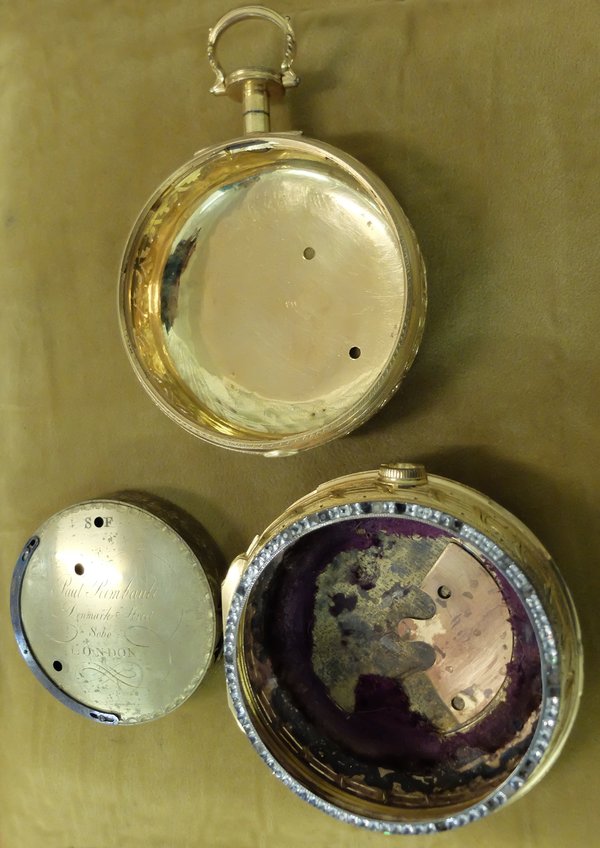
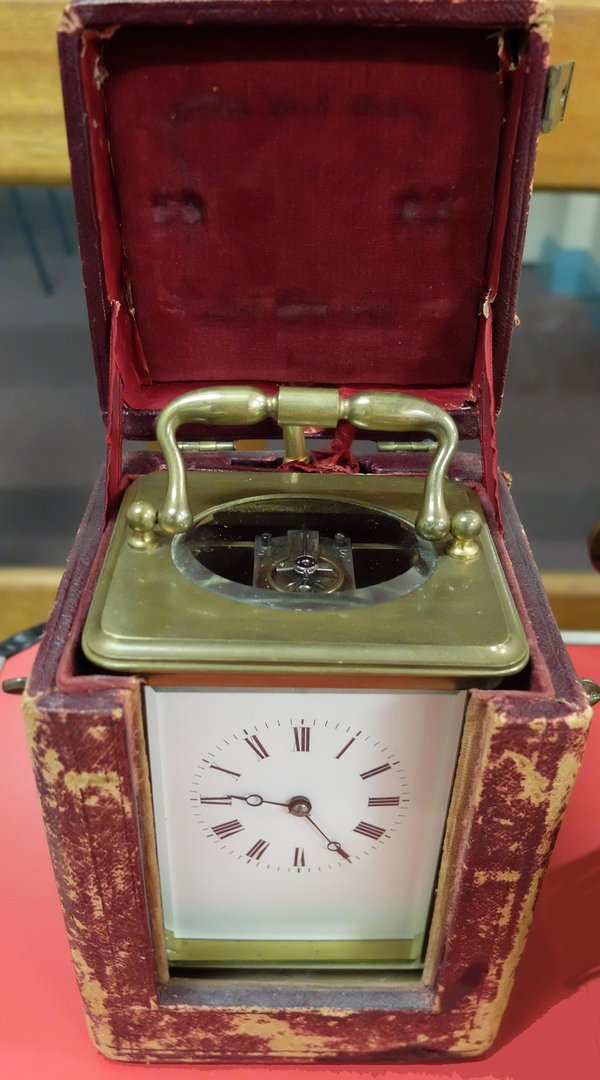
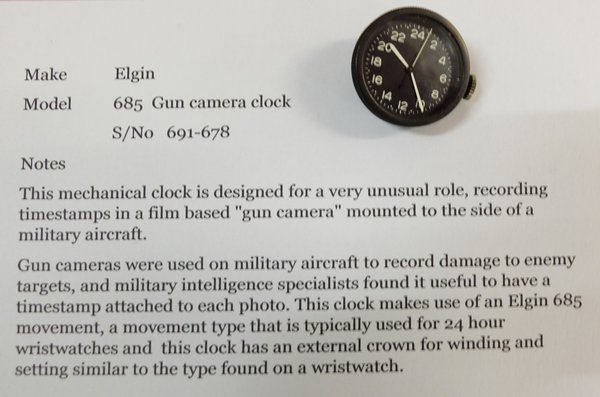
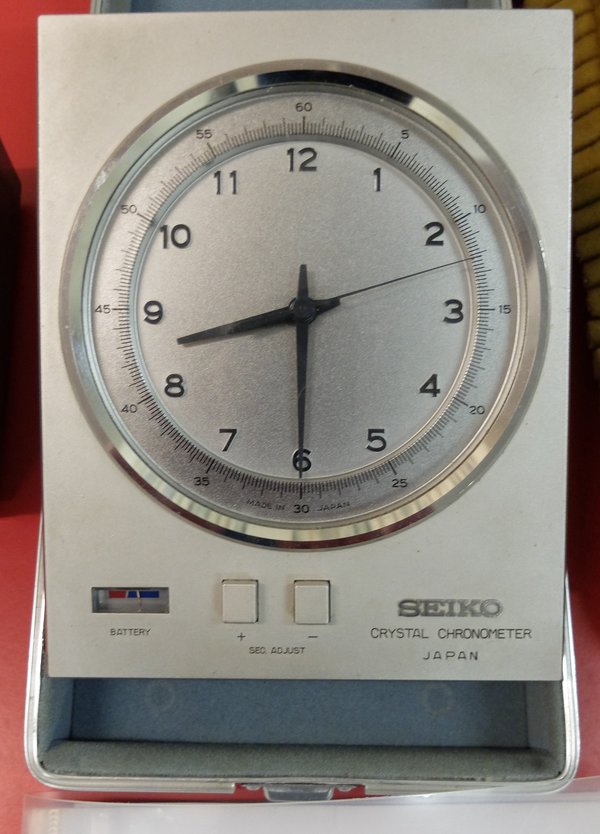
World Horology excluding UK., USA., France, Germany and Switzerland (April 2022)
Clocks and watches made in the following countries were brought to the meeting for discussion: Austria, China, Czech Republic, Japan and Russia. A selection of those displayed is illustrated below.
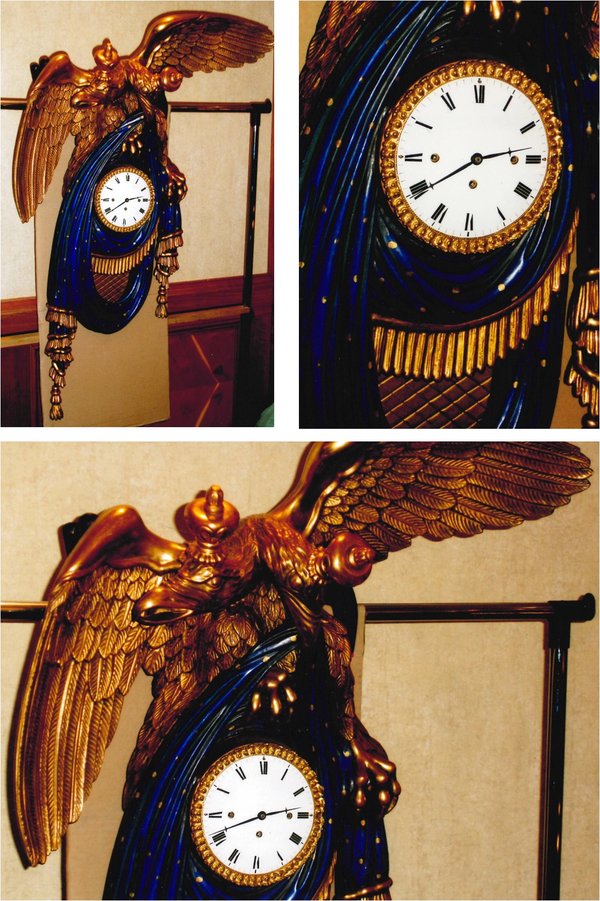
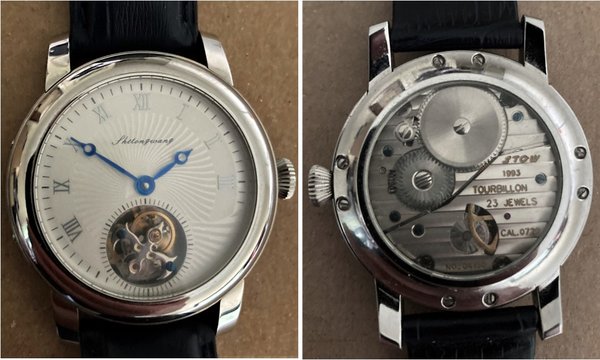
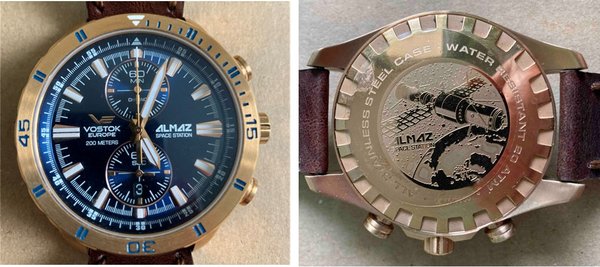
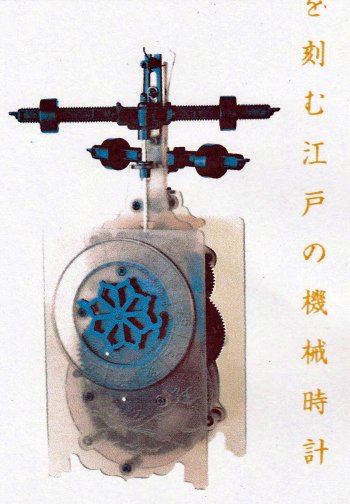
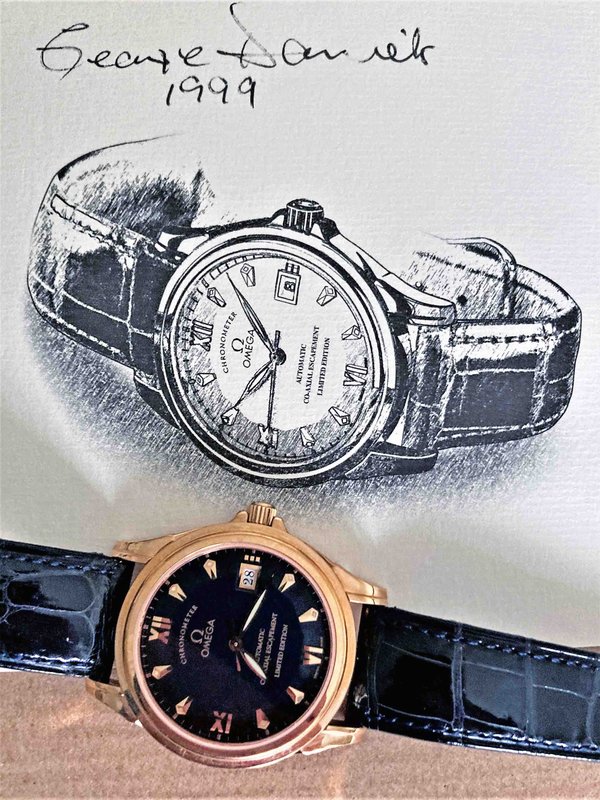
Bring and Discuss Letter ‘W’ (March 2022)
An abundance of items was displayed for discussion including a large number of watches for both pocket and wrist. They ranged from a 1730s silver pocket watch by William Wynn of London to items made recently. Waltham watches of both types were well represented along with a Waterbury long-wind pocket watch and an Incaflex wristwatch by Paul Wyler. We even learned of an intriguing link between watches and washing! This was a clever marketing campaign by Sunlight and Lifebuoy Soap whereby customers who collected sufficient soap wrappers could exchange them for a watch, a bicycle or other ‘prizes’.
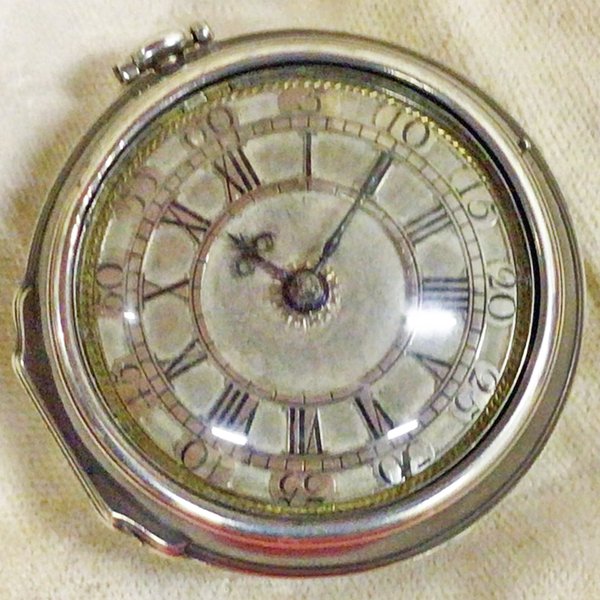
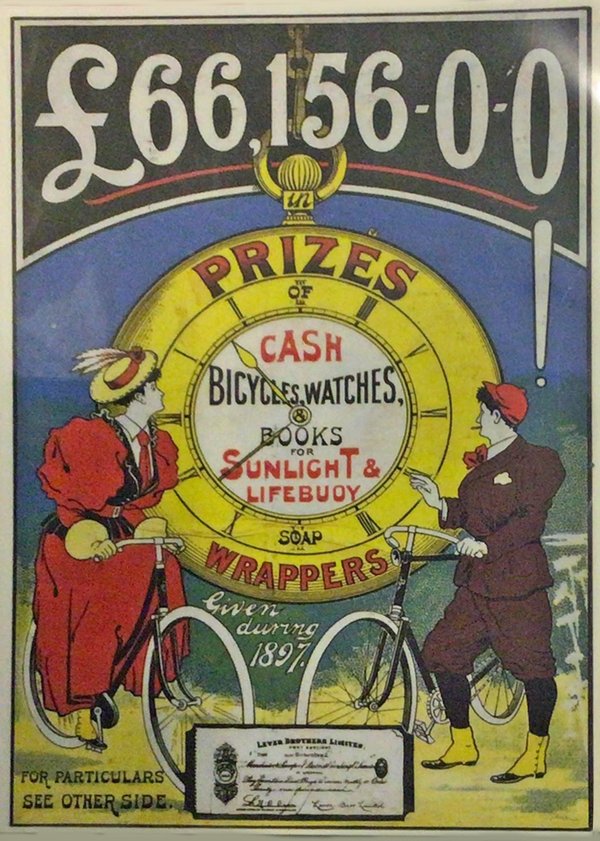

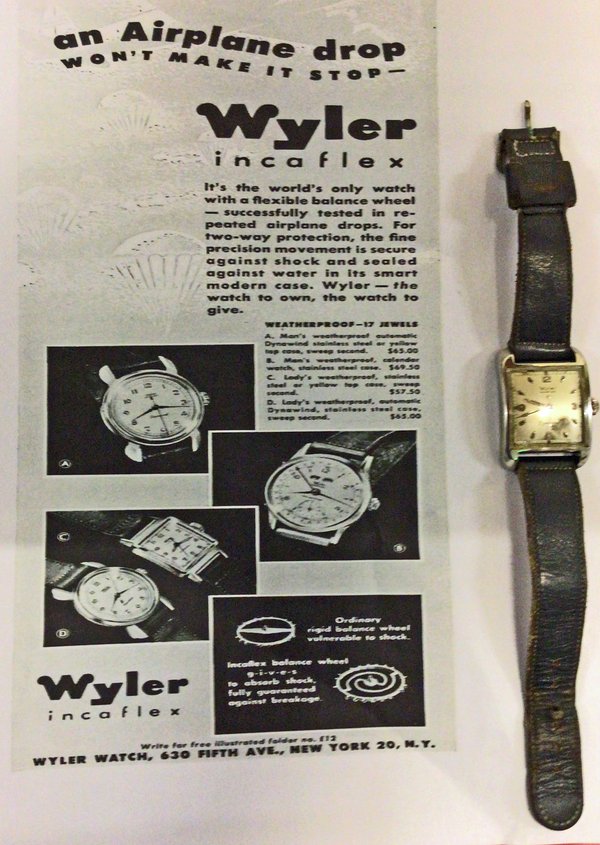

Skeleton clocks and watches (February 2022)
The topic attracted a large number of items for discussion; all but two were clocks. They represent four centuries, ie the eighteenth, nineteenth, twentieth and twenty-first centuries. See some of the items below.


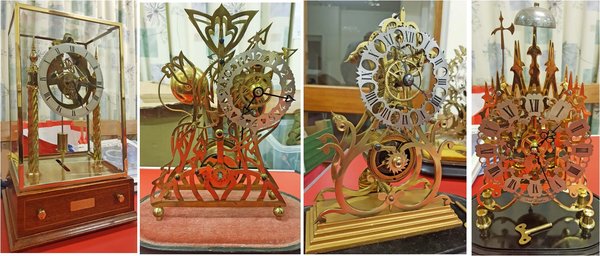
Video presentation (January 2022)
The meeting was cancelled due to Covid-19 restrictions.
